How To Clean Up Bleach Spill On Floor
5 Myths About Cleaning Blood. Hint: Y'all Don't Need Bleach!
Blood is notoriously difficult to clean. It stains fabric, seeps into carpet, and binds to nigh everything it touches. If yous've taken to the Internet in search of the best style to clean a blood spill, you have probably stumbled across countless articles saying things like:
Get to the stain while the blood is fresh.
Use club soda, hydrogen peroxide, ammonia, or baking soda.
Dab, don't scrub.
The key to cleaning blood is a ten:ane bleach solution.
At that place is a reason so many articles are written on the subject of cleaning claret – everyone is desperate to know the undercover. Unfortunately, most of the articles written almost blood cleanup are wrong.
five Myths almost Cleaning Blood Spills
When it comes to cleaning blood spills, there is pressure to get it right the first time. Why? Because claret tin can harbor serious health risks, and bloodborne pathogens can seep into surfaces and cause potential illnesses, bacterial growth, and foul odors. It tin be difficult to effectively clean a blood spill, even so, if yous do not have the correct information or tools to do so. Below are 5 common myths about cleaning blood spills.
- The all-time fashion to thoroughly clean a blood spill is with bleach. Bleach has long been thought of as the ultimate sanitizer. Unfortunately, according to Educating Wellness, "Chlorine bleach is a strong corrosive material. It will irritate the optics, skin, and the respiratory tract by merely inhaling the gasses. The dangers of bleach are even greater when mixing it with other cleaners." Not only is it dangerous to your health, but bleach besides has the ability to destroy carpet, effects, and other surfaces, and can disturb ecological balance if overused.
- Cleaning upwards a claret spill and sanitizing a blood spill are the same matter. Although these words are often used interchangeably, they mean very different things. Cleaning is just the process of removing material from a surface, whereas sanitizing is completely ridding a surface of microorganisms and biological material. Remember: Although a surface may expect clean, biological material may withal be present.
- It is incommunicable to fully sanitize a surface without using bleach. Believe it or not, in that location are better means to sanitize blood spills than by using bleach. Furthermore, many of these processes are not toxic to humans, animals, or the environment.
- If you are cleaning the blood of a family member, you do not have to take the same precautions as you would if you were cleaning upwards the blood of a stranger. No matter whose blood has been spilled, you should wear protective equipment like gloves and goggles. Because 1 in 24 people are carrying HIV, Hepatitis B and C, or a host of other pathogens (and are often unaware that they have been infected), all blood should exist handled equally if it poses a serious health risk.
- You are on your own. In the example of a homicide, suicide, or serious blow that happens at habitation, information technology is generally the responsibility of the family to clean upwardly the scene afterwards. For many families, this seems like an impossible and trying task. Fortunately, no family unit has to go through this process lonely.
How to Make clean Blood | Phone call Backwash
Aftermath, an industry leader in bioremediation, approaches cleaning claret spills with both a empathetic and scientific perspective. Our method for cleaning blood spills includes rigorous cleaning procedures, structural remediation, biohazard removal (cutting away affected carpet and flooring and remove them via legal medical waste transportation), and surface sanitization of affected and next areas. Contact a representative today to learn how we can aid your family.
Testimonials
Source: https://www.aftermath.com/content/cleaning-blood-spills-bleach/
Posted by: colbertmaind1949.blogspot.com

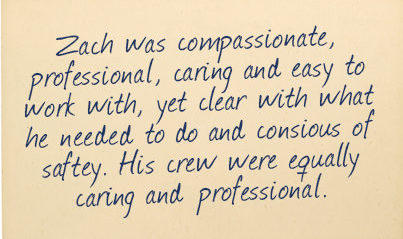
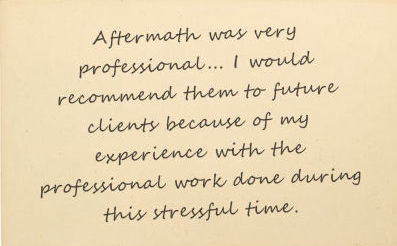
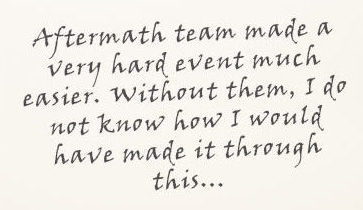
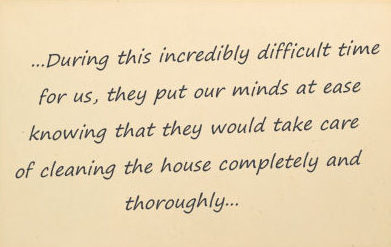
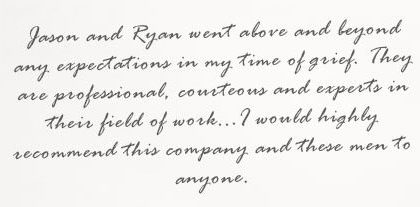
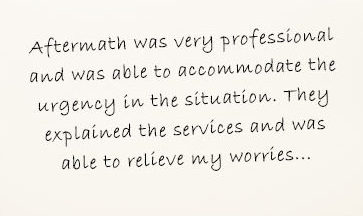
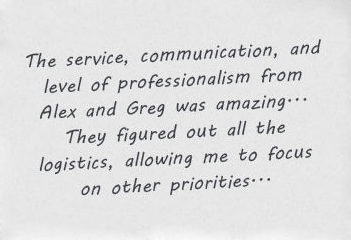

0 Response to "How To Clean Up Bleach Spill On Floor"
Post a Comment